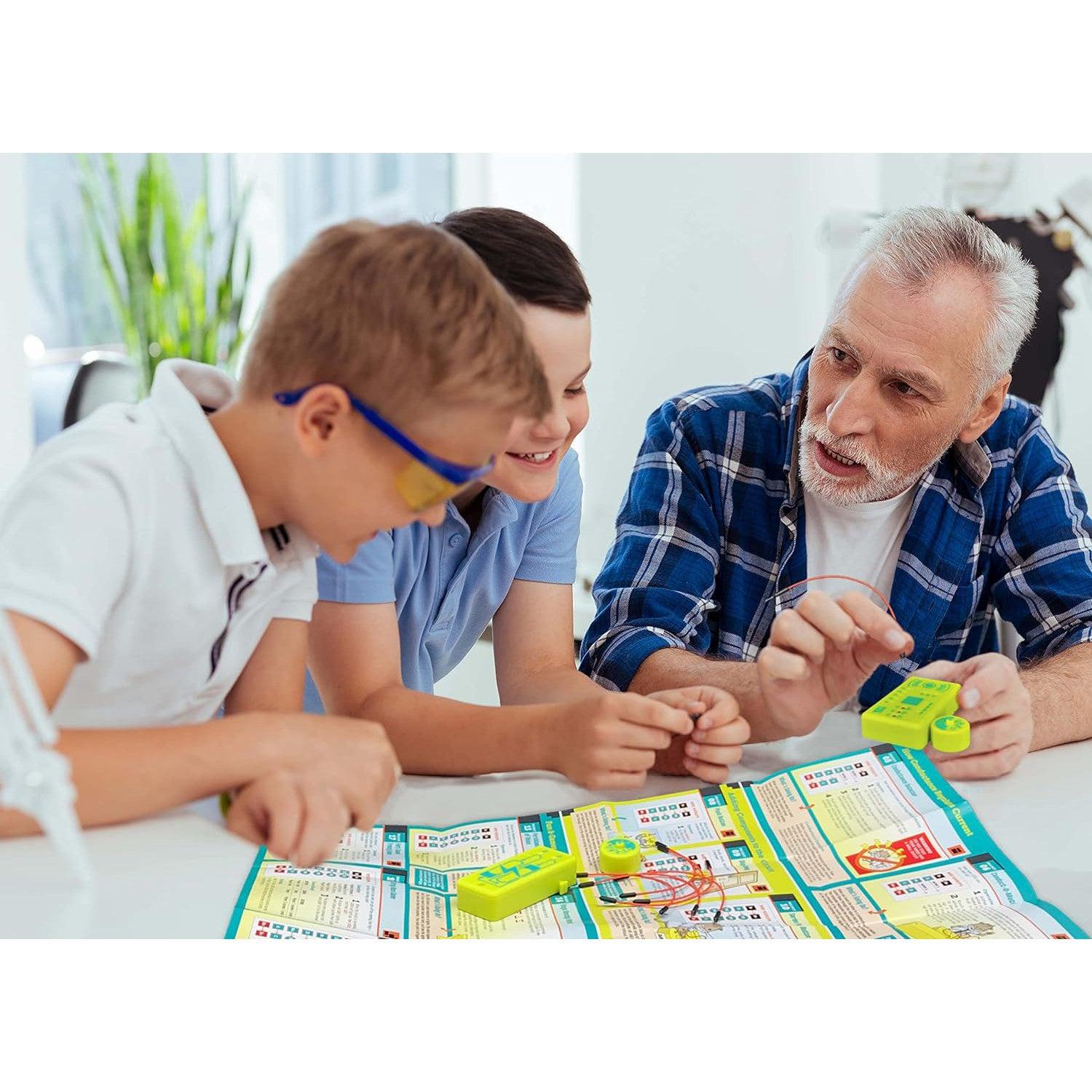As a product or industry expert, it is crucial to understand the significance of tactile sensory stimulation in a child's development. Tactile sensory stimulation refers to the use of touch and texture to engage a child's senses, promoting cognitive, physical, and emotional growth. In this blog post, we will explore the importance of tactile sensory stimulation and provide practical tips on how parents and caregivers can incorporate sensory play into daily routines for children of different age groups.
Why is Tactile Sensory Stimulation Important?
Tactile sensory stimulation plays a vital role in a child's overall development. It helps in the formation of neural connections, enhances fine motor skills, and fosters cognitive abilities. By engaging the sense of touch, children can explore their surroundings, develop spatial awareness, and improve hand-eye coordination. Additionally, tactile sensory stimulation promotes emotional well-being by providing a sense of comfort and security.
How to Incorporate Sensory Play into Daily Routines
Integrating sensory play into daily routines is easier than you might think. Here are some age-appropriate ideas and activities:
Newborns
For newborns, focus on gentle touch and soothing textures. Use soft blankets, plush toys, and introduce gentle massages during bath time. These activities can help newborns develop a sense of security and promote bonding with caregivers.
Infants
As infants grow, introduce more interactive sensory play. Provide them with textured toys, such as rattles or teething rings, to explore different sensations. Encourage tummy time on various surfaces, like a soft mat or a textured blanket, to stimulate their senses.
Toddlers
Toddlers are curious explorers, so offer a wide range of tactile experiences. Set up sensory bins filled with materials like rice, sand, or water for them to dig and pour. Engage them in finger painting or playdough activities to enhance their creativity and fine motor skills.
Kids
For older children, incorporate sensory play into their daily routines through activities like cooking or baking. Let them help with measuring ingredients, kneading dough, or mixing textures. Encourage outdoor play, such as gardening or playing in a sandbox, to provide different tactile experiences.
Tweens and Teens
While sensory play may seem less common for tweens and teens, it remains essential for their development. Encourage hobbies like pottery, sculpting, or playing a musical instrument to engage their sense of touch. Engaging in team sports or activities like rock climbing can also provide unique tactile experiences.
Age-Appropriate Toys and Activities
When selecting toys and activities for tactile sensory stimulation, consider the following:
- For newborns and infants: Soft plush toys, textured balls, teething rings, and board books with different textures.
- For toddlers and kids: Playdough, sensory bins, textured puzzles, building blocks, and art supplies like textured papers or fabrics.
- For tweens and teens: Pottery kits, musical instruments, DIY craft projects, and outdoor activities like hiking or biking.
Remember, always supervise children during sensory play to ensure their safety and provide appropriate guidance.
By incorporating sensory play into daily routines and providing age-appropriate toys and activities, parents and caregivers can support children in their cognitive, physical, and emotional growth. Embrace the power of touch and texture to create a stimulating environment for your child's overall well-being.


















